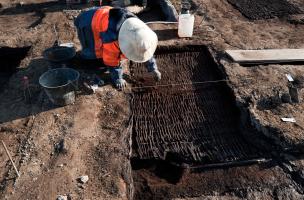You are here
Medieval Tanners of Troyes
A team of archaeologists from Inrap is at present excavating, curated by the State (Drac, Regional Archaeological Service, Champagne-Ardenne), part of the mediaeval history of Troyes.
On the occasion of a project for the extension of the Hôtel du Département by the Conseil Général, 2000 square metres of an important urban area are being excavated. During the Middle Ages, this quarter was under the authority of the nearby Abbey of Notre-Dame-aux-Nonnains, one of the oldest religious congregations of Troyes (7th century) which exercised the rights of High and Low Justice. The mention of a Pava tanneria in 1288 suggests the presence of tanneries in this area. Archaeologists are at present bringing them to light.
The conquest of the marshland by the tanners (12th century)
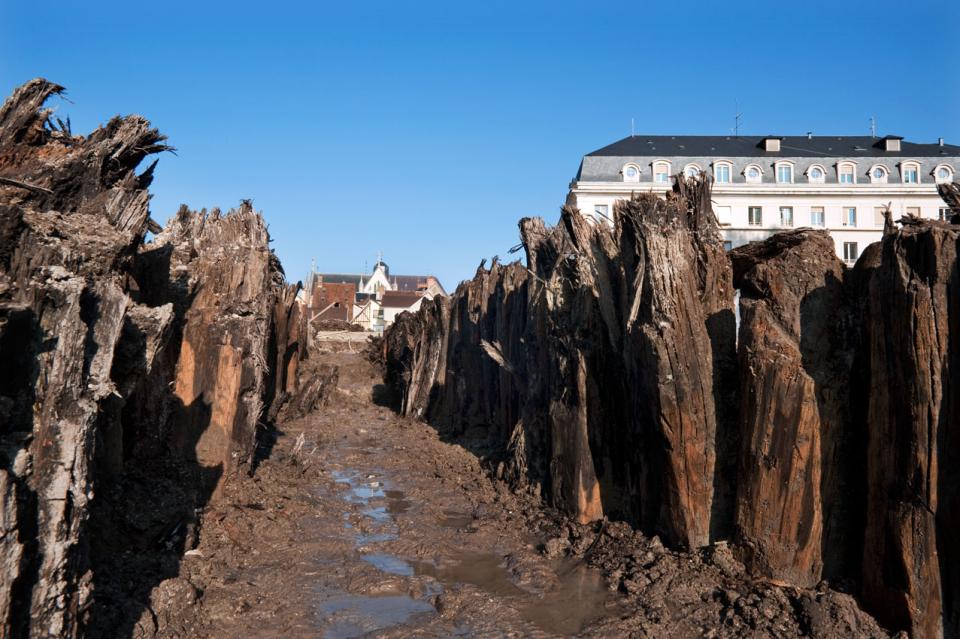
The conquest of the marshland was carried out in the 12th century, thanks to economic measures undertaken by the Comtes de Champagne. Henceforth the ditches of a new enclosure were fed by water diverted from the Seine and the groundwater table level was lowered. Inside the city, mills and workshops were established on channels. Merchants and artisans settled on the new spaces won from the marshland. The first tanners’ workshops and cobblers’ stalls appeared in the 12th century. This activity was still testified in the early 19th century, by place names such as « Les Bains de la Tannerie » and streets called the « Petite » and « Grande Tannerie ».
The Tanners’ yards
The larger basins were intended to receive the raw hides, which were then soaked in an alkaline mixture of water and ash, the time needed for the complete removal of hair and other extraneous materials. After a clear water cleansing in the canal, the hides were soaked in smaller basins containing a strong concentration of ground oak bark, to strengthen and fashion the leather. Because of the contact with tannin the wattles of these basins are very well preserved. In spite of some knowledge of the technical process gleaned from the Encyclopédie of Diderot and D’Alembert, the possible specialisation of the workshops of Troyes and the origin of their leathers remains to be determined.
The excavation of a ditch has supplied a lot of information: shallow, 2m wide, this outlet carried an impressive quantity of leather off-cuts mixed with many worn-out objects (shoes, belts, gloves …). Further downstream, almost twenty carcasses of the horse family were found, mostly those of donkeys. Their proximity to the tanneries raises many questions, in particular the treatment of these animals whose meat was forbidden several times by the Church during the medieval period.
Medieval dwellings (13th-15TH centuries)
During this period the urban islet was divided by a narrow channel, with its banks consolidated by a multitude of stakes and oak sheet piling. The distribution of the constructions inside the two islets was not very dense. Many spaces are still open to the street (courtyards, gardens, and workshops). Two constructions face-to-face have caught our attention. They are dwellings whose imposing hooded chimneys and terracotta hearths confirm the importance of cooking at this epoch.
Today, the excavation of this quarter reveals a little known aspect of the history of Troyes during the Middle Ages.
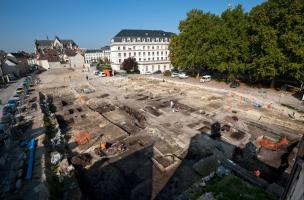
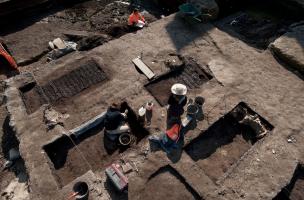
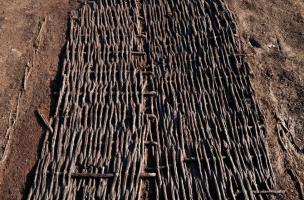


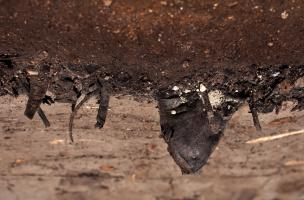
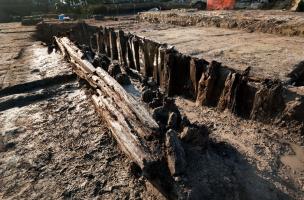
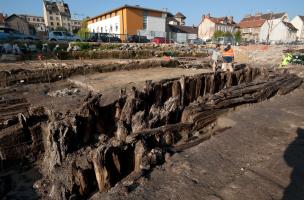
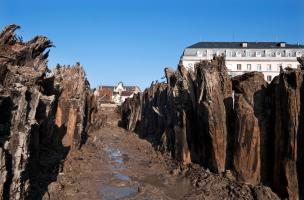
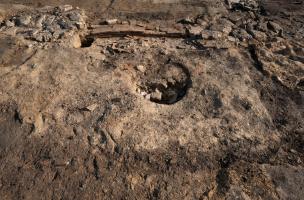

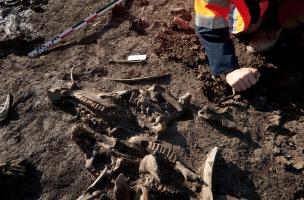
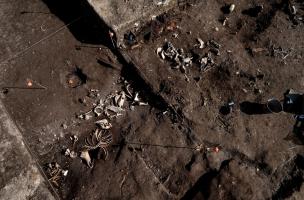
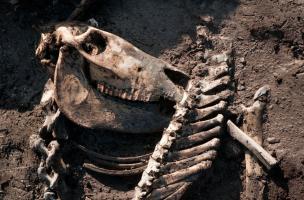
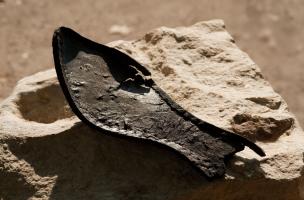
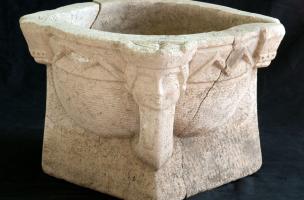
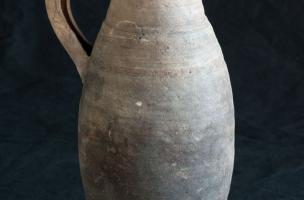
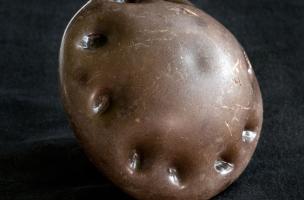
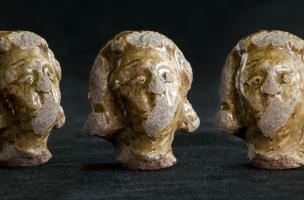
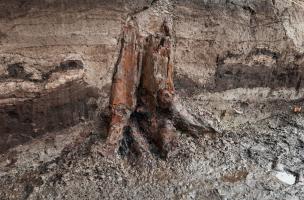
Mahaut Tyrrell
Media communication
Inrap, media partnerships and relations department
01 40 08 80 24
mahaut.tyrrell [at] inrap.fr
Estelle Bénistant
chargée du développement culturel et de la communication
Inrap, direction interrégionale Grand Est nord
03 87 16 41 54
estelle.benistant [at] inrap.fr


